0 Comments
Three challenges have been laid out in the Diocesan Renewal: Form missionary disciples in Christ; Be a church of encounter and witness; and Strengthen family life. These goals are very much in line with the work I'm trying to do with Heroicmen, so I have had the opportunity to spend a lot of time thinking about this mission.
I reflected that as the father of the groom it was my responsibility to be a loving and authentic representation of the Catholic Church to everyone attending. I always try to see the face of Christ in all people of different walks of life and love them as His children. I wanted them to leave knowing that we are a church of welcome. Deacon Stephen Robinson, who officiated the wedding, did an excellent job of letting them know why we were there in the presence of God to witness a sacrament. We don't have to (and shouldn't) sugarcoat or water down the Gospel. The following day was my youngest daughter's birthday, and she wanted to bring her siblings from Idaho and British Columbia to the Saint Francis Xavier Chaplaincy Mass at the Cathedral. At the end of Mass, the young man seated in front of us turned to my second youngest daughter and questioned how we could worship with the kids making noise and disturbing his "worship experience." He then questioned me and my wife. In that moment, I tried to engage him but realized I was not going to gain any traction. So, I told him that God loves him and that I needed to leave as we were going out for a family dinner. What the young man did not realize was that my daughter had taken in two young nephews who had been seized by Social Services. The boys carried with them the trauma of losing their father this past Christmas, and a mother who is struggling with addictions. I was able to settle one of them during Mass, and he actually fell asleep. We listened to Fr. Troy's homily, where he talked about a man who was lost to drugs and alcohol but found his way back through serving the poor. Fr. Troy then invited us to journey together with the goal of becoming saints. I recall Bishop Scott McCaig saying, “The renewal periods in the Church are messy”, and I wish I could have spent more time talking to the young man to better understand him. We are not always going to come to a definitive answer in that moment. We do have to remain focused on Christ and listen to the Holy Spirit to continue to move forward. We all need to consider how we represent Christ to those visiting our churches, especially our young people. Many young adults are attending for the first time and worry about their kids making noise. We need to let them know they are welcome, as they are the future of our church. There are many others who are lost and don’t know the love of the Father. They might have a grandma or relative praying that someone like you will be a light to their family member. I was inspired and challenged by these lines in St. Patrick’s Breastplate, Prayer for Protection: Christ in the heart of every man who thinks of me, Christ in the mouth of everyone who speaks of me, Christ in every eye that sees me, Christ in every ear that hears me Let us continue on this path of Renewal by bringing Christ to the world around us!
Mary's Festival: A Celebration & Consecration of St. Mary's University to Our Blessed Mother5/12/2024
After a successful launch of Alpha at the parish as part of our community’s response to the synodal process, it was a natural progression to bring Alpha Youth to the students at St. Joseph’s Collegiate (SJC). SJC is a grade 9-12 Catholic school in Brooks, with about 460 students. We cater to a diverse community, with a wide range of cultural and language backgrounds, as well as varying practices of faith – most students non-practicing, many nominally and some practicing Catholics, some ethnic orthodox denominations, as well as a growing number from other Christian church communities. Just before the start of the school year, we committed to running the Alpha Youth series in our school during our 42 minute lunch break. Four staff were recruited to facilitate groups, the supervision schedule was adjusted to free us all up at the same time, and we started online training and promoting. The Alpha Canada website has training videos, print resources, digital and print media for promotion, suggested schedules and to-do lists based on the timeline of one’s Alpha session, with access to mentorship and online support. It is all high quality, and user-friendly – even the copyright guidelines. Alpha has a simple format for success: share some food, watch a video, discuss.
If it is true that if you feed them, they will come, it is even truer with teenagers. When we first started promoting our series at the school, the initial uptake was from a few practicing Christians looking for a place to gather with other faithful students – many of them already familiar with Alpha from other home churches – but as we started to get community commitments to provide food, and let the students know lunch was included, more students showed up. Overall, we have had a consistent 24 students who have made most if not all of the sessions, and probably had another dozen or so who checked it out a couple of times at the start. We have had three consistent small groups and the students are really receptive to the topics and getting into good discussion with their peers. Feedback consistently sounds like: “I love my group, so my favourite part is discussing ideas, expressing my thoughts, and listening to other’s opinions.” Or, my favourite part is “the connection and community.” Reassuringly we even gotten, “the food is great, but I also enjoy hearing other people’s perspective on the questions.” Almost half of the students are in one group, and do all of the discussion in Spanish; we are so blessed to have diverse staff as well as students so that we can facilitate this! (The first version of the Alpha Youth series is available dubbed in Spanish and other languages, so we will be looking at using that for an all-Spanish session in semester II.) We are nearing the end of our first session, and have just had our retreat day. It ended up working best to run after school on a Friday, to save the need for rides. With our short lunch hours and the gradual introduction to prayer, it was our first opportunity to really dig into prayer with each other. It was such a blessing to hear students praying for each other and to have the opportunity to pray within small groups. We had worship with great participation, led by one of our staff, and we were so blessed by members of our parish with meals and snacks for the day. The spring session at the church had such a positive impact on participants, that they have been very quick to support our youth session at the school – mostly by helping with food! Overall, just like the spring session at the church, our first Alpha Youth session has been awesome! The smiles on student faces as they come in for lunch, and join with their groups, are such a reassurance that Alpha has been an appreciated opportunity our school. Furthermore, the participating students are keen to get involved in hosting and helping with the next session, and are starting to prayerfully consider who they will invite to the next round. One thing emphasized in the planning is to make sure participants have a way to continue involvement after Alpha, so we will run the next session with them as the hosts of the small groups. They are excited to keep the conversations going to continue to explore and deepen their own faith, and to share it with their peers. God is Good! Submitted by Natalie Sturch, teacher at St. Joseph's Collegiate, Brooks,
Photo credit: St. Joseph's Collegiate. Poster: Alpha Canada. “Our Lord moves amidst the pots and pans,” St. Teresa of Avila once said, and indeed, I often find God in a busy kitchen. I love cooking, which was once described to me as the art of redistributing water, which is simply a clever way of saying chefs are masters of matter. Western culture is often derided as being materialistic, but the philosopher Alan Watts disagrees. In a passage contemplating proper Christian materialism, he writes:
St. Augustine noted that things are to be used, but only God is to be enjoyed. We enjoy the goodness of God’s creation in the bounty on our table, but especially in those at our table. As the Catholic Bishops of Japan wrote in Reverence for Life, “To sense each creature singing the hymn of its existence is to live joyfully in God’s love and hope.” At the best feasts, everything and everyone is singing joyfully in God’s love. One pillar of the Diocese of Calgary’s Pastoral Renewal is to Strengthen Family Life, and eating together as a family is a powerful bond. Harvard University’s Graduate School of Education says only 30% of families manage to eat together on a regular basis, but those that do experience lower rates of depression, anxiety, substance abuse, eating disorders, and higher rates of resilience and self esteem. The Father has always been calling us to a meal because this is one of the ways he keeps us free from all anxiety. A family dinner can be a minor mirror of the Mass. My most joyful cooking comes when I remember to recite my favourite lines from the Eucharistic prayer: Fruit of the earth and the work of human hands… Fruit of the vine and the work of human hands… A cosmic vertigo occasionally overwhelms me at the simple act of looking down at a carrot in my left hand and a knife in my right. Everything – the sun, rain, earth, fire, time, and human craftsmanship – everything is in my hands, and as I chop, I often recollect a passage from Martin Luther King Jr.’s A Christmas Sermon on Peace: You go to the bathroom and reach for the sponge, and that’s handed to you from a Pacific Islander. You reach for a bar of soap, and that’s given to you by the hands of Frenchman. You drink your coffee that is poured in your cup by a South American, or if you prefer cocoa, by a West African. Have you ever stopped to think that before you finish eating breakfast, you’ve depended on more than half the world?"
All of which likely explains why my favourite dishes are reductions, when the steam goes up fragrant from the pot like incense. In risotto, for example, at a crucial stage you must burn off the alcohol from a dry white wine to concentrate its sweetness. In pisto manchego, the water from the tomatoes, peppers, and squash slowly bubbles off until there’s nothing left but the flavour of God. And in this holy season of Lent, it is important to keep in mind that this sacred materialism allows us to fast in a meaningful way. When we temporarily go without God’s bounty, we turn away from the idols of comfort and convenience to focus our attention on the Father’s loving provision. When families reclaim this communion at the domestic church’s dinner table, they will once again find God in the midst of pots and pans.
It was a truly wonderful day for a Christmas pageant! On the second Sunday of Advent, our family journeyed to Mount Saint Francis Retreat Centre in Cochrane for their annual Christmas Pageant - Christmas at Greccio, Christmas at the Mount.. The festive atmosphere instantly transported me to a scene from a classic Christmas movie, with bonfires, lovely nativity scenes, children playing in snow, and magical sleigh rides under a dusting of fresh snow. After a glorious sleigh ride that left my toddler bubbling with giggles and a toasty cup of hot chocolate, chiming bells signalled the start of the Christmas pageant. Families, friars, and little ones walked towards the outdoor pavilion. It was a joy to watch the faithful of our Diocese coming together, living their faith and celebrating the arrival of Christ our Saviour. This collective journey towards faith and encountering God's unchanging love echoed the historic pilgrimage to the first nativity reenactment in Greccio, Italy, 800 years ago. St. Francis of Assisi's deep love for the infant Jesus and the redemptive act of God becoming a baby inspired him to recreate that humble scene from Bethlehem. In 1223, fires lit the dark as people arrived with torches and candles at a dark cave in Greccio and gathered around a young family, live animals, and a manger. Francis held the child in his arms, preached the Gospel and mass was celebrated over the babe in the crib. The faithful returned home with their hearts renewed in the Lord and the Christmas creche found a place in our hearts and in our lives. Here at The Mount, the words "Bambino of Bethlehem" resounded as young actors from Holy Spirit Catholic School breathed life into the story, evoking audience interaction and excitement. The poignant storytellers, the impressive young choir and the actors brought grace and depth to the story while the spirited 11-year old Francis brought the intricacies of the story at Greccio to light. His monologue towards the end of the pageant called everyone's attention to the true spirit of Christmas – the Bambino of Bethlehem – God with us! - and Jesus’ message of love, peace and light. The enthralled audience, shifting in their seats to catch glimpses of the Holy Family, left me with a renewed hope for the Church, especially at this special time of Renewal in the Diocese. From the renewal of the Christmas story 800 years ago to this year's pageant, this tradition serves as a timeless spiritual awakening.. Christmas at The Mount is my new favourite tradition and I am looking forward to bringing my family to the manger for years to come.
The accelerated adoption of the Euthanasia law in Canada has thrown us into a troubling attack on the sanctity of life. Initially introduced by the Canadian Government to alleviate severe physical suffering, the law is now being suggested as a method to "manage" mental health conditions. Bill C-7, an amendment to the Criminal Code relating to medical assistance in dying (MAiD), proposes expanding eligibility for MAiD by removing the requirement that a person's natural death must be reasonably foreseeable. This could allow individuals not nearing the end of their lives, including those with mental illnesses such as depression, to avail themselves of this provision. Since its adoption, over 31,000 medically assisted suicides have occurred in Canada - a number projected to rise significantly with the planned expansion of the law to include those suffering from mental health conditions. However, mental health illnesses are highly treatable. Symptoms can be managed, and lives can be lived to the fullest. Broadening access to MAiD is not the solution, particularly when our priority should be to choose life over death. We must ensure all efforts are taken to protect the most vulnerable from medically assisted premature death, which can be prevented with adequate treatment and care. We should ensure that those suffering from mental illness are treated medically, not through assisted dying. Conservative MP Ed Fast has brought forward a Private Members Bill C-314 to rescind the government’s decision to expand Canada’s assisted suicide laws. The bill asserts that medical assistance in dying should not apply to persons suffering solely from mental illness. The vote will take place by members of parliament on October 18th. As the CCCB urges all the faithful in their Open Letter in May 2023: “We encourage individual Catholics and their families, faith communities, Catholic healthcare professionals and any other people of good will to continue courageously and unwaveringly to witness to life, to tend to and accompany the sick, to resist pressure to support or participate in ‘MAiD,’ and to pray that our law makers may see the harm in what they are permitting to take place.” Let's continue to pray for those living with mental health challenges and illnesses and those who care for them, that God may strengthen them in hope, and that they may find the support they need from family, healthcare professionals, faith communities, and others. The Catholic Women's League (CWL), a national organization of Catholic women, emphasizes the sanctity of human life as one of their key missions. Amidst the pressing social justice issue of inadequate mental health and palliative care services in Canada, and the critical concern surrounding MAiD, they are urging members and the faithful to take action and reach out to their Member of Parliament, requesting support for Bill C-314. With the vote scheduled for October 18th, time is critical. Please share this vital message with your family and friends.
Notes:
Reading materials:
My 95 year old mother did not know a grandparent, a cousin, an aunt or an uncle growing up. But it is like the Lord is making up for what she did not have, as now there are close to 90 of us with our families and children and grandchildren and great grandchildren. Truly, the blessings of abundance are bountiful! Celebrating the third World Day for Grandparents and the elderly is especially heartwarming for me this year. First, to be a grandparent to 11 on earth, and to have my own mother still with us as a grandmother and great grandmother is truly a blessing. The alignment of the World Youth Day preparations with the celebration of this day serves as a reminder for young adults to appreciate the gift of their grandparents. As they participate in the festivities in Lisbon, Portugal, this year's World Day for Grandparents and Elderly theme, "His Mercy is from age to age" (Luke 1:15), echoes a message that God’s eyes are always on us. Taken from the Visitation of Mary to her cousin Elizabeth, this verse speaks volumes of the generations who celebrate in this Mercy. 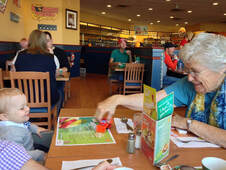 The connection between the young and the old is vitally important. Whether it is being there as a grandparent to offer support and wisdom, or whether it is accepting the outstretched hand of the young offering help, both are so very necessary. Even if your grandparents are no longer with you, there are many elderly waiting to receive the touch of a grandchild figure, or for them to be a grandparent to a child. During the pandemic when care facilities, and other living accommodations were closed off to visitors, our family came up with an idea to be able to see mom everyday by using FaceTime. This allows us to pray the daily rosary with her, to bring to prayer those who had special needs, and to remain connected. For over 2.5 years we have continued the practice as a family, and those who are able to join in can do so on any given day. There are countless ways to maintain strong connections with our elderly loved ones, and each small effort can make a significant difference. Looking for ideas?
As grandparents we experience the joys and sufferings of each of our children and grandchildren. There are special needs, and there are many ways that we can be a blessing to our grown children and our grandchildren. I always recall with great gratitude the many times my own parents took our children, and the mercy shown to us when we were young parents. It is this boundless mercy shown to us that I desire to pass on to our own children and grandchildren. Those blessings that we received as young parents are still felt today, as I reach out to, and try to provide a place of secure welcome to our own grandchildren. To witness to, and to be there for our grandchildren, as our presence is required, allows our grandchildren to receive so many benefits of family living united in the hope and the promise of the gospel message. We are called to be there, and to especially be there for our aging parents / grandparents. To be a sign of hope in a culture that wants to cancel people is so very important. It means taking a stand and to pray through our current culture, while keeping our focus on what brings life. To be people of hope, when all hope seems diminished stands as a beacon for the world. God’s plan is so much bigger than what we can imagine, and we can be that sign of hope for others. It is not about a “perfect” life, it is about allowing God’s will and His plan to unfold for our lives, having the cross at the centre. It is about caring for those that God puts in our path. The love and respect given to and from grandparents can never be diminished. When cultures are cancelling the weak and the vulnerable, it is time to stand up, and be counter cultural. Let us be the “voice of one crying out in the wilderness” (Isaiah 40:3). Do not be afraid to be the one to show His Mercy, and to respect the life we have been given from conception to natural death. My grandfather, when asked how to raise children, simply said, “teach them their faith, and use good common sense.” Today this is still sound advice, so simple and yet so true. His words of wisdom have stood the test of time. As we navigate through this complex and unforgiving world, let’s revisit this advice, and may we proclaim with boldness the message of mercy to our grandchildren.
I heard the advice that if we want to grow in spiritual childhood and the gift of prayer, we should ask God to show us children at play, or with their parents. I used to work as a recreation leader for free after-school programs and day camps. What a treasury of memories this experience holds for me! Upon reflection, I feel compelled to share my experiences with the young children, as they served as a reminder of how I was called to rely on his presence as the Caring Adult in my life, especially during this special month dedicated to His Most Sacred Heart. One young man I knew from the after-school program, who I’ll call John, was 12 years old. I could see that his life was full of pressures: from his teachers who misunderstood him, abusive parents, and friends who pulled him down into the foolishness of youth. During our program, he would chat my ear off while simultaneously refusing to listen to my clear instructions. He really was quite challenging to manage, but I knew that God had made him good, and that the best place he could be during those evenings was our safe little room in which we held the program. The after-school program room was full of posters with positive sayings and chairs for the children to sit in. It was no larger than the average Adoration chapel. I loved sitting at the front, teaching the children simple social and emotional skills, and seeing their little eyes attend to me. I was delighted in every face I saw and the voices that I heard. Every so often, John would miss our program after school, preferring the excitement of his friends or video games to the calm order of the program. Because I knew he belonged there, I remember standing at the door and watching for him, allowing my heart to hope that he would come again. I also treasure the memory of a little girl who I’ll call Mary. She delighted us leaders very much, because she was always following us around, or sitting with us, telling us everything that came to her mind. Though she could be mischievous at times, whenever we corrected her, she would genuinely apologize and make an effort to do better. She was not discouraged when we reprimanded her but stayed as close as ever and audaciously expected to be loved, which she certainly was. My least favourite part of the job was giving First Aid to the children. One time, a young girl came to me with a splinter in her palm. I thanked her for her bravery in showing me, then reluctantly retrieved the First Aid kit. Using the plastic tweezers, I removed the splinter out of her hand. I cringed as she cried out in pain, but we both knew that it had to be done. She left my little “doctor’s office” smiling and calm, free to play again. During some professional development sessions, I learned about the importance of each child having a caring adult in their life. This person would be someone who sees and understands the child, expresses personal interest in their life, fills them with hope for the future, and encourages them amid the inevitable challenges of childhood. The mere presence of such a person in a child’s life, I was taught, can determine their capacity to flourish as a human being. Without receiving love in such a way, the likelihood of a fulfilling and happy adult life may diminish. Jesus reveals Himself as the Caring Adult whose Sacred Heart has a special spot for each of us. When we ask for the grace to approach Him in Adoration with faith and repentance, He knows how to teach, encourage, forgive, and heal us. This year, I signed up for a holy hour at St. Anthony’s after reading on their website that “Many rich blessings are bestowed on those who regularly adore Jesus, truly present in the Blessed Sacrament.” With a hopeful heart, I committed that time to be with Jesus, a little like the children who chose to come to our programs. He has not disappointed me. He will not disappoint you. In our diocese, a wide range of Adoration hours are offered at parishes across the Diocese. Adoremus! Let us adore Him!
Adoration Hours schedule (Summer & Fall 2023)
Monday
Tuesday
Wednesday
Thursday
Friday
Saturday
Sunday
Note that hours may change without notice. Please contact the Parish Office if you are not sure. For converts, the journey on the road to Roman Catholicism is as varied as their individual personalities and experiences. My journey was a rather circuitous route, due in part to a neurological disorder – but I’m getting ahead of myself. Our three children are now adults, but when our youngest was just starting school, she began displaying sudden twitches and jerky movements which seemed out of her control. Our initial concern soon turned to alarm as the movements became more pronounced, and as she also began making odd sounds as well. We checked with our family doctor, who referred us to a pediatric psychiatrist over the Christmas break. After a lot of listening and observing, he gave us his diagnosis: Tourette Syndrome. In some ways it was a comfort to have a name for the condition, but we also felt anxious about what the future might hold. My husband and I read everything we could get our hands on about Tourette Syndrome and found out that most people learn to cope with this neurological disorder, though it isn’t an easy condition to live with. We also learned that the involuntary movements and sounds are called motor tics and vocal tics. School became a nightmare for our daughter. She felt humiliated, confused, sad and, most of all, concerned about “disturbing” the other students with her frequent vocal and motor tics. Finally, we made the decision to homeschool her, in an attempt to salvage our collective sanity. I quit my teaching job. 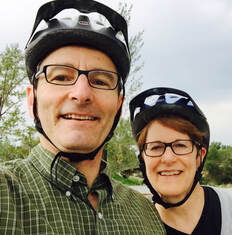 Laura & Bill Locke Laura & Bill Locke I’ve noticed that, from my childhood, when faced with distressing experiences I seek solace in books. This was no exception. As we launched into the new experience of homeschooling, I buried myself in my spare time in the works of authors I have long loved, including C. S. Lewis. One line from Lewis’ book The Problem of Pain had a profound impact on me: “Pain removes the veil. It plants the flag of truth within the fortress of a rebel soul.” As I sat one day at our dining room table, reading and absorbing those words with my twitching, barking daughter beside me working on her math lesson, it did indeed feel as if a veil was being ripped off my old perceptions of myself, of God, and of the world. I knew I needed to go deeper and find a better way to cope with this new reality. C. S. Lewis led me to one of his favorite authors, G. K. Chesterton, whose books I ate up with an eagerness that my husband found rather baffling. Fascinated by Chesterton’s conversion to Catholicism, I then started reading the works of other notable converts – Cardinal John Henry Newman, Dorothy Day, Thomas Merton, and Scott Hahn. My concept of our relationship with God was challenged by their insights. I grew up in the United Church, and my husband and I attended Protestant Churches with our children during the early years of our marriage. But after reading the stories of famous converts to Catholicism I felt drawn, like a magnet, to a little Catholic church in our neighborhood. I had never been inside, even though we had lived just two blocks away for almost twenty years. My husband decided to join me, and as we entered the church building together one Sunday, as Mass was about to begin, we had absolutely no idea what to expect. At first it felt very foreign, but we kept attending. Before long, we found ourselves signed up for a Rite of Christian Initiation for Adults course (RCIA), with a group of other spiritual explorers. We were increasingly captivated by what we heard every Tuesday night at the RCIA class. In the Catholic Church we found people who were unafraid to gaze on Christ’s suffering, and as I followed their gaze, I was confronted with a love that shook me to the core. I felt like I finally understood Chesterton’s astute comment: “The Catholic church is bigger on the inside than it is on the outside.”
As the highly anticipated "Restoring the Feminine Heart" Women's Conference approaches (May 26-27), the Beloved Daughters Ministry team shares with Faithfully about their event and the ministry's mission. Read on to discover what this exciting conference has in store. Beloved Daughters For those who have never heard of the Beloved Daughters Ministry, it's a lay-run women's ministry established in 2020 to support women at every stage of life as they rediscover their identity as beloved daughters of God. Initially created to host annual women's conferences within the Diocese of Calgary, the ministry adapted to an online presence due to the COVID-19 pandemic. Through social media platforms, they share blog posts (written by many local women), weekly Sunday reflections, and host Advent and Lenten mini-retreats at various parishes. The ministry offers connection, relatability, and encouragement to women, helping them stay rooted in the truths of their identity in God. “Restoring the Feminine Heart” The ministry conference team, guided by prayer and discernment, has carefully chosen the perfect topic and speakers for this inaugural event. With the theme “Restoring the Feminine Heart”, they are eager to delve into the true identity and unique gifts that women possess. "We hope to be able to provide the beginnings of restoration and healing to women who have experienced wounds in these areas, especially where in today’s society there is much confusion and distortion regarding the identity of the individual." said Rikka, one of the founders of the Beloved Daughter Ministry. The team also hope to shed light on God’s thoughtful design in creating humans male and female in His image and likeness, as well as the gift that we are to each other. Women going to the conference will be examining how pressures from society, others, and even themselves, have hindered the ability to live out their truest identity. They will unpack how they can freely live out of the giftedness of our femininity. Jake & Heather Khym The team is beyond excited to welcome guest speakers Heather Khym (most commonly known as a co-host on the Abiding Together Podcast) and Jake Khym (Registered Psychologist and co-host of the Restore the Glory Podcast). Jake and Heather Khym are a married Catholic couple from Abbotsford, BC. They are the founders of Life Restoration Ministries. Their ministry is devoted to creating opportunities for Jesus to encounter people, empowering disciples to deepen their faith. They achieve this through evangelization and formation focused on unlocking the heart. On their podcasts, Jake and Heather regularly share personal stories of their own journey towards healing and restoration with great vulnerability. When asked why Jake & Heather Khym for their first women’s conference, Rikka revealed, “The three of us first heard Jake Khym speak at Rise up 2014 in Calgary and his message blew us away. He spoke into each of our hearts differently, but prominently.” The launch of the all-female Abiding Together Podcast, featuring Heather Khym, piqued the team's interest even more. One of their team members found great healing through listening to the Restore the Glory Podcast, hosted by Jake Khym (a registered counselor), and Dr. Bob Schuchts (a registered psychologist). “In listening to the honesty and relatability in which they share their experiences, combined with their professional and ministerial background, we immediately knew that having them speak at this conference would be just what was needed to create an environment of hope and healing for the attendees at our conference.” "We believe that Jake and Heather can beautifully demonstrate the harmony and unity that can exist within relationships as we each journey towards wholeness."
A Pentecost Gift Mothers, daughters, grandmothers, granddaughters, aunts, nieces, sisters, and girl-friends! If you are a woman over the age of 18 then there is a place for you at this conference! Nursing infants, and female adolescents 14 years and older coming with their mother or guardian, are also welcome. Maria added, “This conference is sure to be an enriching and impactful weekend filled with connection, rest and restoration. You can look forward to being amongst a community of lovely women gathering, learning and praying together!” It is truly a gift for our Diocese to have this conference offered in Calgary, and especially on the weekend of Pentecost. The Holy Spirit will be present and ready to shower the women in attendance with an abundance of graces!
Together with the Canadian Conference of Catholic Bishops (CCCB), Bishop McGrattan is urging the faithful to continue to oppose the expansion of MAiD in Canada. The CCCB has just issued an Open Letter to the Government of Canada and a Message to the Catholic Faithful on May 9 re: Permitting Persons Living with Mental Illness to Access Euthanasia/Assisted Suicide. We ask you to share the Bishop's message with your friends and family:
Let us spend the National Week of Family and Life (NFLW) 2023 united in prayer, reflection, and action, demonstrating our active support for family and life. Indeed, families are “guardians of life” when we love one another within our families and in wider society when we show kindness toward and care for the vulnerable and marginalized.
Note: Day 1 can begin anytime! We want to ensure everybody has the opportunity to join in and take part in this wonderful experience. Don't worry if you missed the start of NFLW, you can join in and start participating in the daily prayers and activities from any day.
Source: National Life & Family Week Daily Prayers & Activities, CCCB, 2023
This St. Valentine’s Day, Jessica and Joseph Cyr celebrate a champagne wedding anniversary of sorts, with 14 years of marriage on the 14th. In that time, just as their family has grown to include five children, so has their extended family of faith. The ceremonial ‘passing of the beaver pelt’ from one newlywed couple to another is a seemingly silly tradition that the Cyrs started in their Calgary Catholic community shortly after they were married, and never imagined would still be going strong today. “I thought it would be fun to start a tradition within the Catholic community,” said Joseph Cyr. “I had the beaver hanging on my wall. It was unique to me, no one else had a homemade beaver pelt. I thought, ‘hey we can use that, and it’s something very Canadian, something that represents our heritage.’” At the time of publication, 48 couples, with more than 100 children combined, have written their names and wedding dates on the back of this storied beaver pelt. 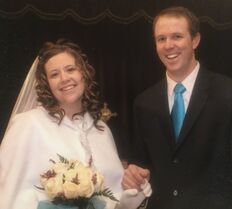 Jessica and Joseph Cyr Jessica and Joseph Cyr History of the Pelt Back when Joseph was in high school, he earned his trapping license and trapped a beaver in a creek near his hometown of Pincher Creek, Alberta. He proceeded to prepare the beaver’s pelt for mounting onto plywood. While he had hoped to continue pursuing this hobby, the beaver was the only animal he ever trapped. Shortly after he and Jessica married, Joseph hung the pelt in the living room of their first home, but as it happened Jessica did not exactly share Joseph’s taste in home decor. Joseph then had the idea to gift the pelt to another young couple; Jessica was very receptive to the notion and thus a tradition was born. The Cyrs presented it to Jared and Natalie Fehr at their wedding reception with the stipulation that they must display the pelt prominently in their home until the next Catholic couple involved with their young adult community married, at which point the ceremonial bestowing of the beaver pelt would continue.
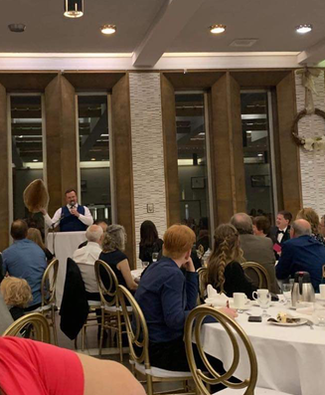 Adam Pittman presenting the Beaver pelt at the Toner's wedding. Adam Pittman presenting the Beaver pelt at the Toner's wedding. The beaver’s lodge Currently, the pelt is in the possession of Brian and Jennifer Toner. Per the directive, it is displayed above their living-room television in Cupertino, California – one hour South of San Francisco. Adam Pittman presented the pelt on behalf of the Catholic community at their wedding reception in November in Saskatoon. “For us, receiving the beaver pelt was a huge honour,” said Jennfier Toner. “It felt like our marriage was being uplifted by the prayers and thoughts of the whole group, whether we knew each couple or not. We also felt excited, because it is a delightfully ridiculous ‘gift and re-gift ' process that we now get to partake in,” Toner added.
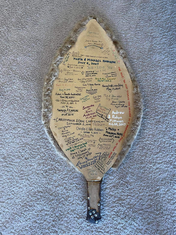 The Beaver Pelt (2023) The Beaver Pelt (2023) A silly or serious tradition? In his own way, Fr. Cristino Bouvette feels very much part of the beaver pelt tradition. He has celebrated the weddings of at least half of the couples associated with the beaver pelt, and witnessed time and again the passing on of the pelt at wedding receptions. “It is clearly a silly tradition, but not merely a silly tradition. It is also a sign of married life being one of openness to the wider community. People marry for the sake of expanding the community of believers, expanding the community of the world,” said Fr. Bouvette. “In receiving this memento, albeit tacky, it’s a sign of belonging to a wider community outside of your married life, which is a very important testament to the mystery of marriage. You give yourself to the other for the sake of the other, and then in that one flesh union that opens up to all others,” Fr. Bouvette added. “It’s such a great sign to me of our ever-expanding faith community.”
As human beings with both body and soul, we take good care of ourselves through healthy relationships, especially our relationship with God, and with the help of science. Watch this video and see how both science and the Faith connect.
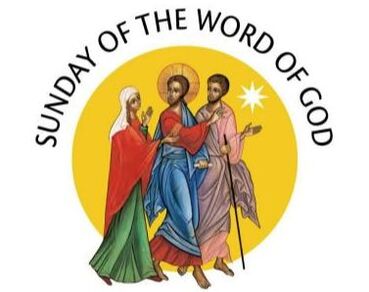 Pope Francis has declared that the Third Sunday in Ordinary Time is to be devoted to the celebration, study and dissemination of the word of God “that the life of our people be constantly marked by this decisive relationship with the living word that the Lord never tires of speaking to his Bride” (Aperuit Illis, 2). In 2024, the Sunday of the Word of God falls on January 21. 2024 Liturgical and Pastoral Handbook Here are five liturgical suggestions for making the most of this universal invitation from the Pontiff. 1. Homily Focus on the centrality of the Bible for Christians. In the Gospel, Jesus quotes what we heard in the first reading from the Prophet Isaiah. The word of the prophet is the foundation for his teaching and the call of the first disciples. In the second reading Paul tells the Corinthians that Jesus did not send him to baptize but to proclaim the Gospel and that “it is the power of God”. 2. Bless Ministers of the Word Following the Homily, invite ministers of the Word to stand (e.g. lectors, psalmists, leaders in RCIA, liturgy of the word for children, and scripture study). Bless them with hands extended: Blessed are you, Lord God, Source of all light and all goodness, you sent your Son, your living Word, to reveal to humanity the mystery of your love. Look with mercy upon these women and men who proclaim your word and lead your people closer to your teaching. Bless X them in their ministry so that they may be nourished by your Word, be transformed by it and faithfully announce it to their brothers and sisters in your Church. We praise and thank you, Father, in the name of Jesus your Son, and in the love of your Holy Spirit, God of glory for ever and ever. Amen. Adapted from the blessing of lectors in Celebrations of Installation and Recognition, copyright Concacan Inc.,2005. All rights reserved. 3. Universal Prayer Introduction to the petitions: Dear sisters and brothers, nourished and formed by God’s Word let us bring our needs and petitions before Him. In addition to the petitions you have prepared for today, include some for the Word of God to come to life in your community, for example:
Prayer at the end of the petitions: Grant, O God, that our lives be marked by your living word. Hear these, our prayers, and help us to proclaim the good news of the kingdom. Through Christ our Lord. Amen. 4. Eucharistic Prayer You might use Eucharistic Prayer III for Various Needs and Occasions (Jesus the Way to the Father). Its Preface focuses on Christ as the “Word” of God. Roman Missal p.764ff. 5. Enthroning the Bible (For use in homes, schools, and with RCIA or Bible Study groups) The faithful have shown reverence to the bible as the inspired word of God since ancient times. The enthronement of an open bible has often served as a symbolic invitation to delve into the sacred text as the source of our spiritual life. You might use this short ritual from the American Bible Society to enthrone the Bible at home, in schools, and with RCIA or Bible Study groups. 6. More Resources
|
Author
Catholic Pastoral Centre Staff and Guest Writers Archives
July 2024
Categories
All
|






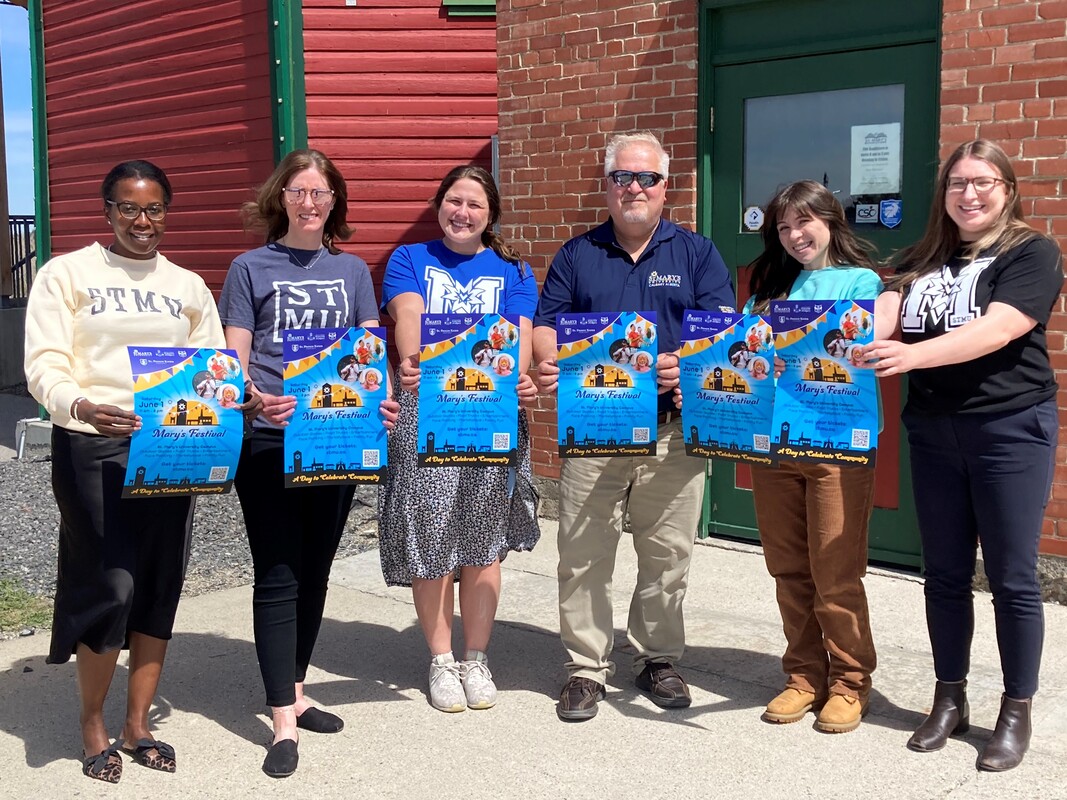

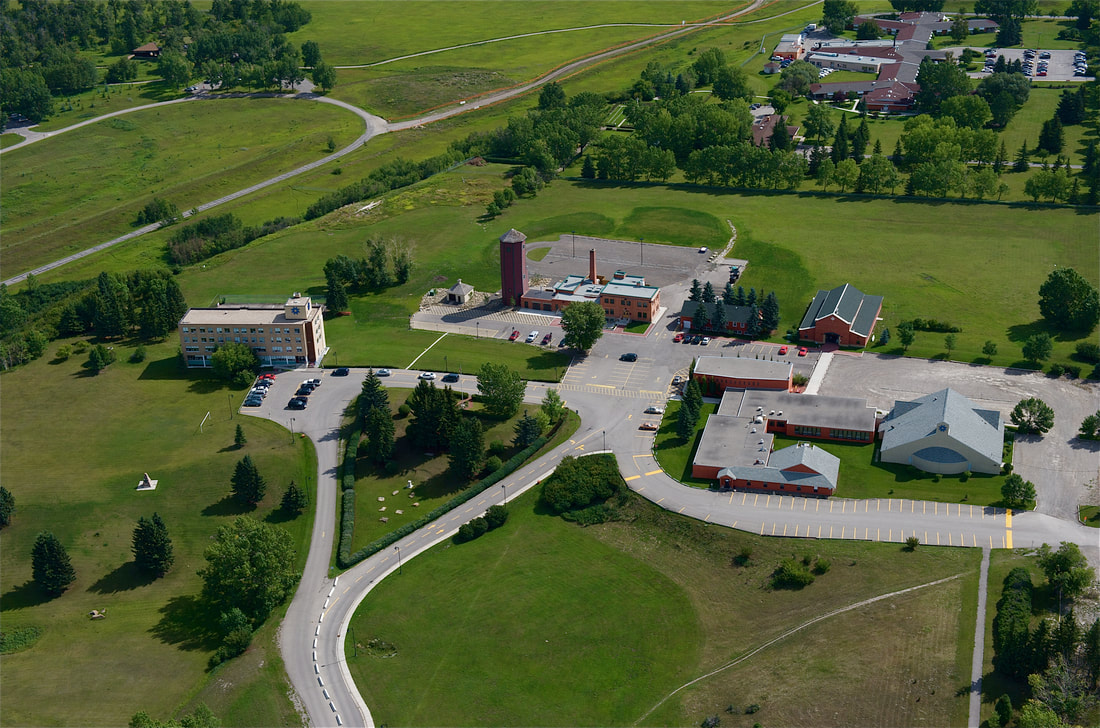
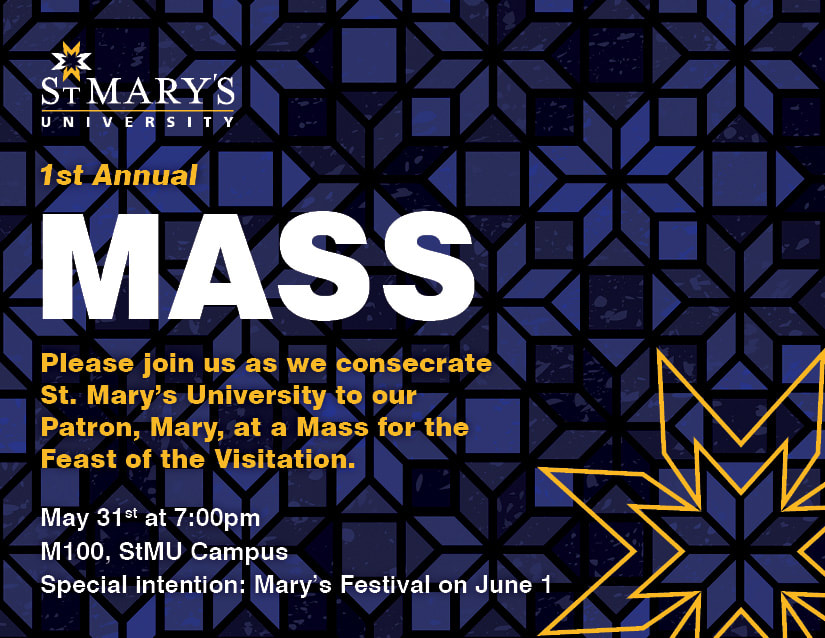


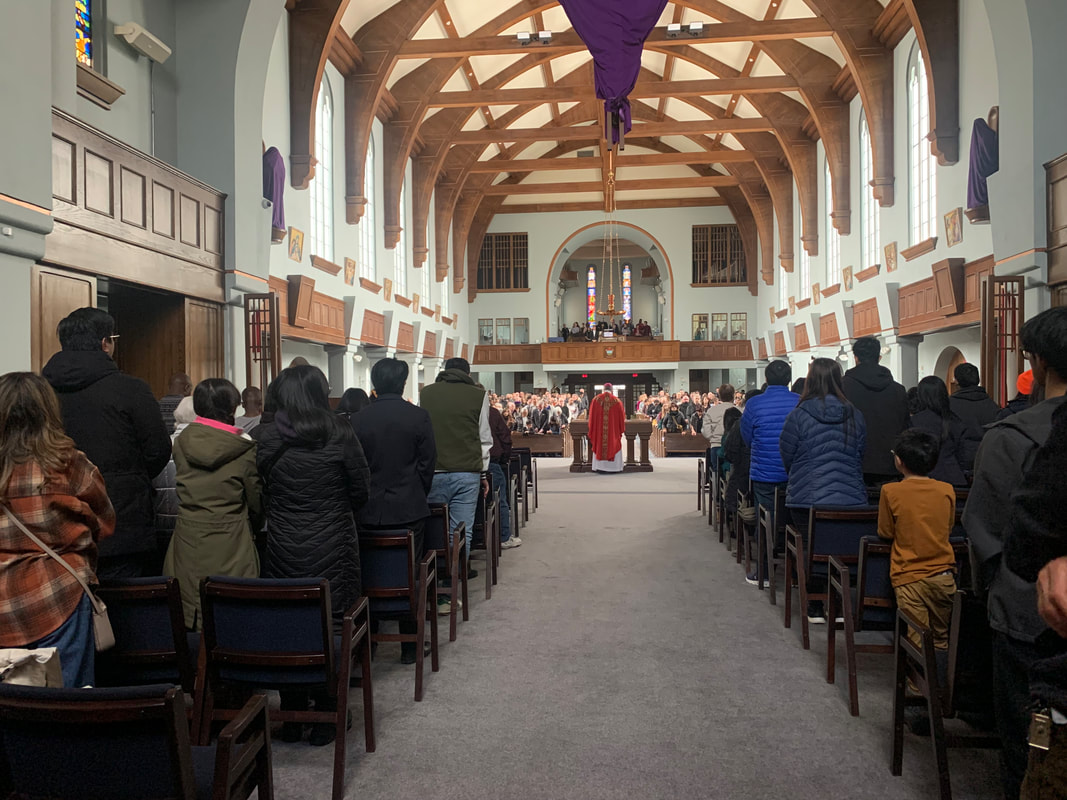
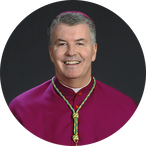
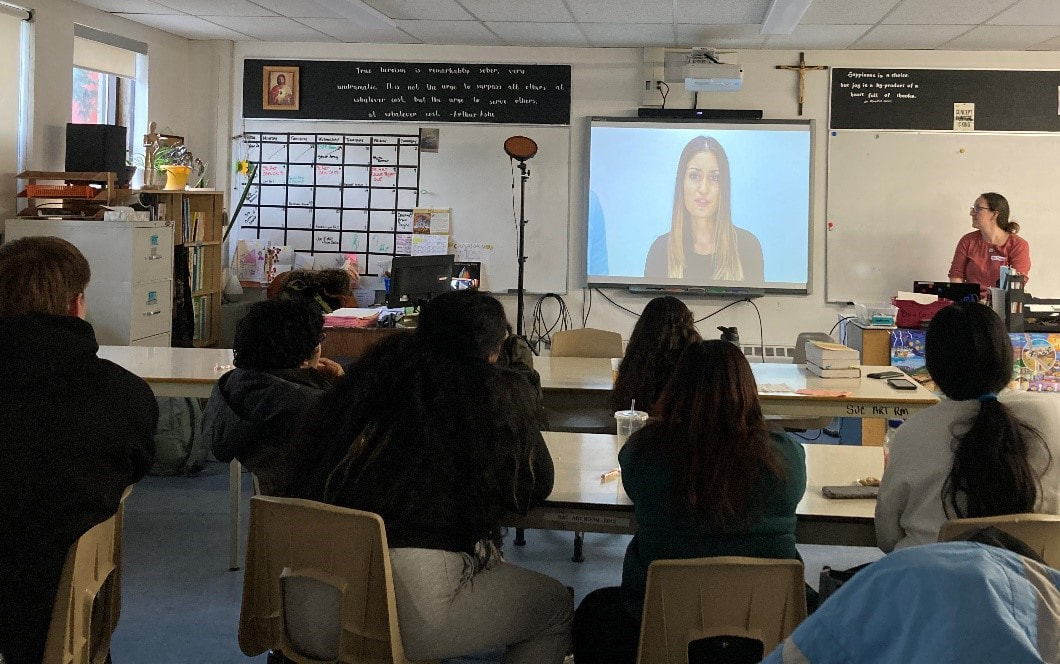

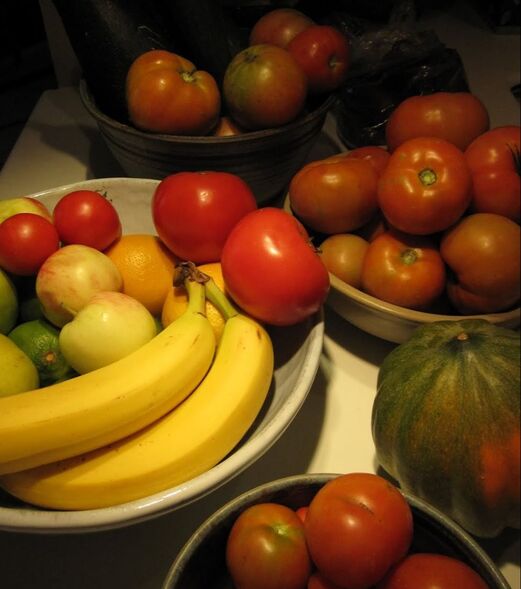



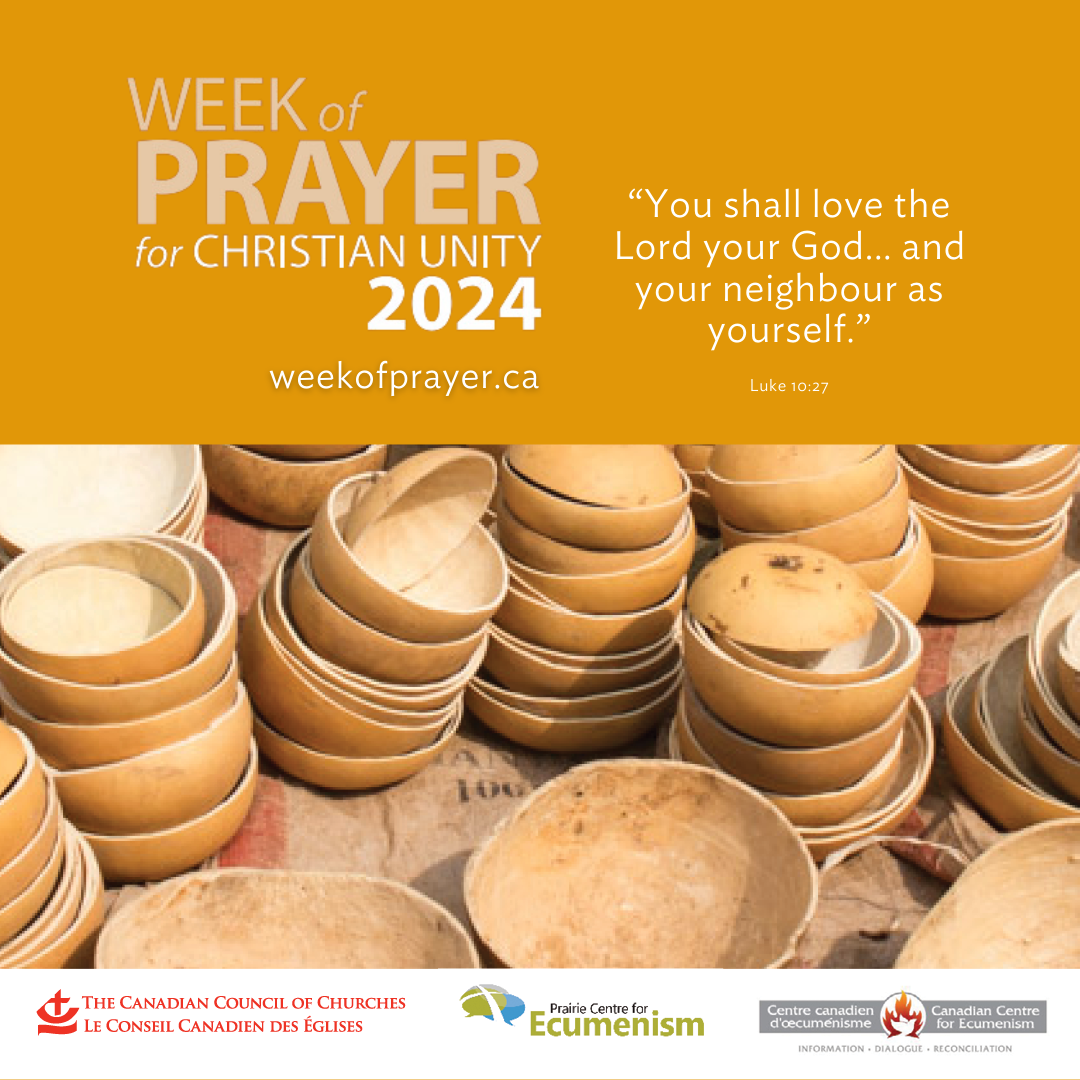
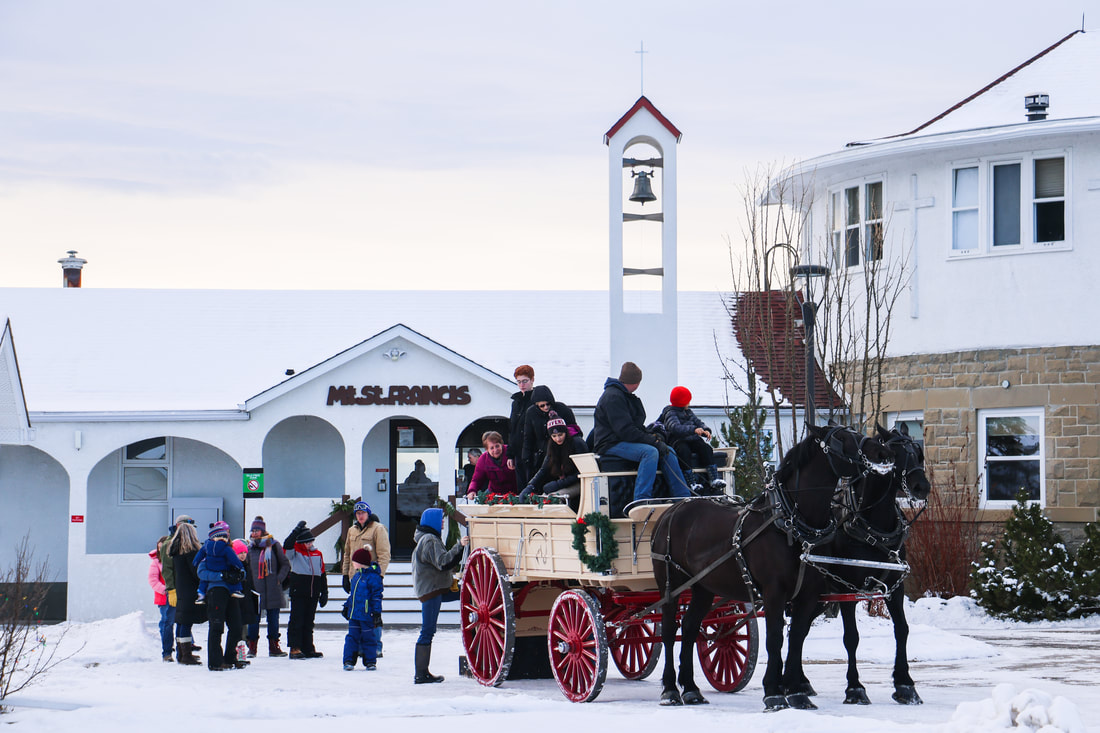
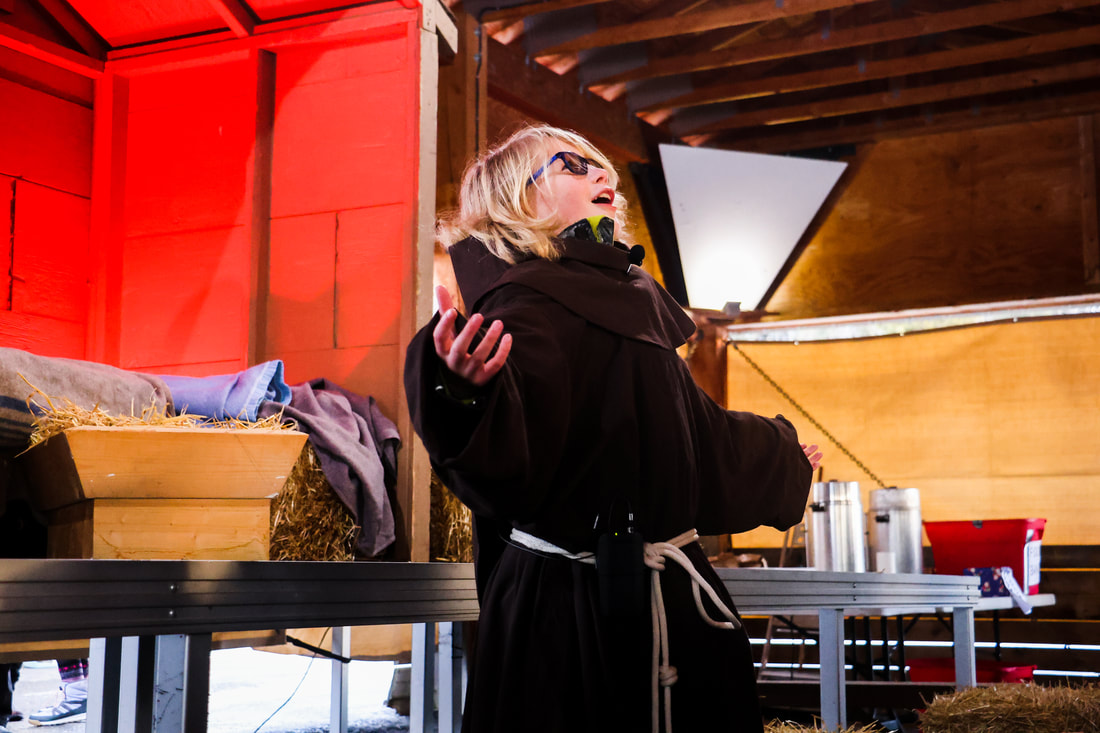
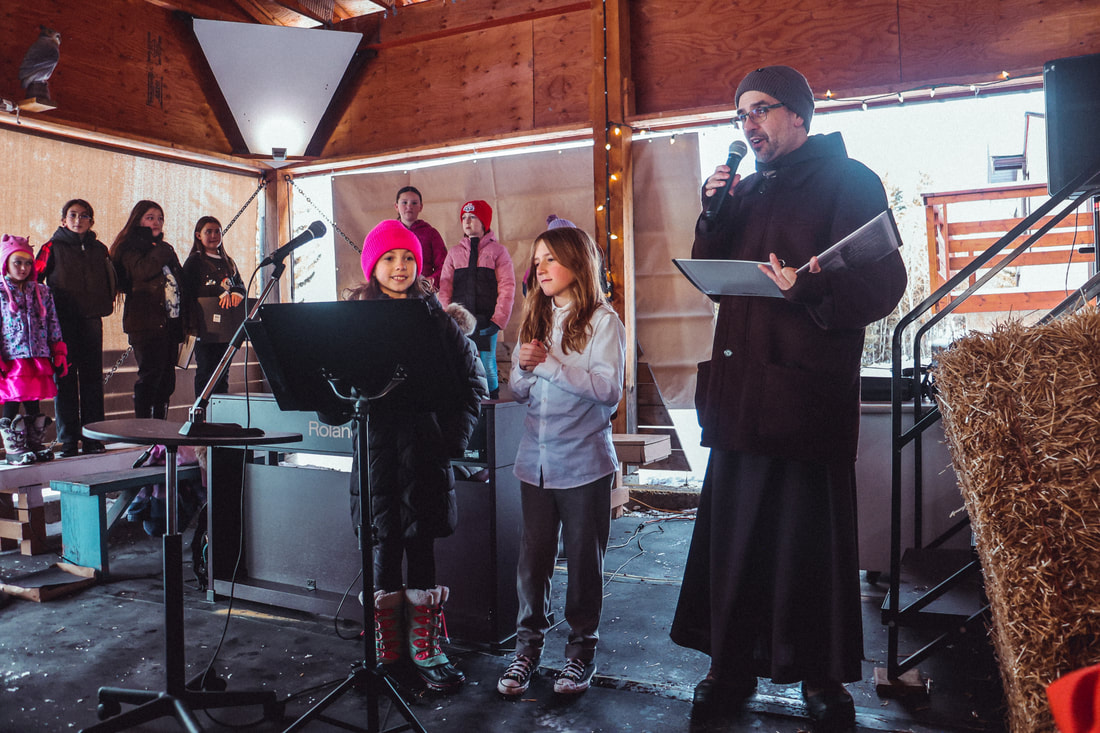
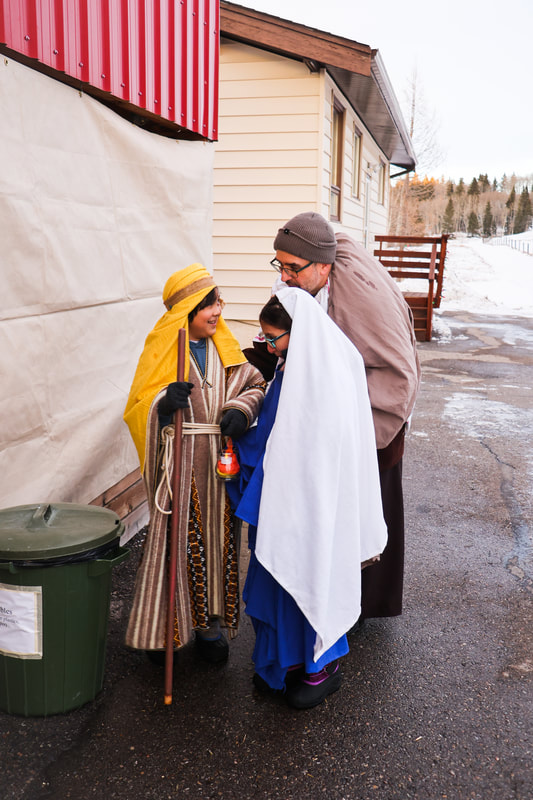
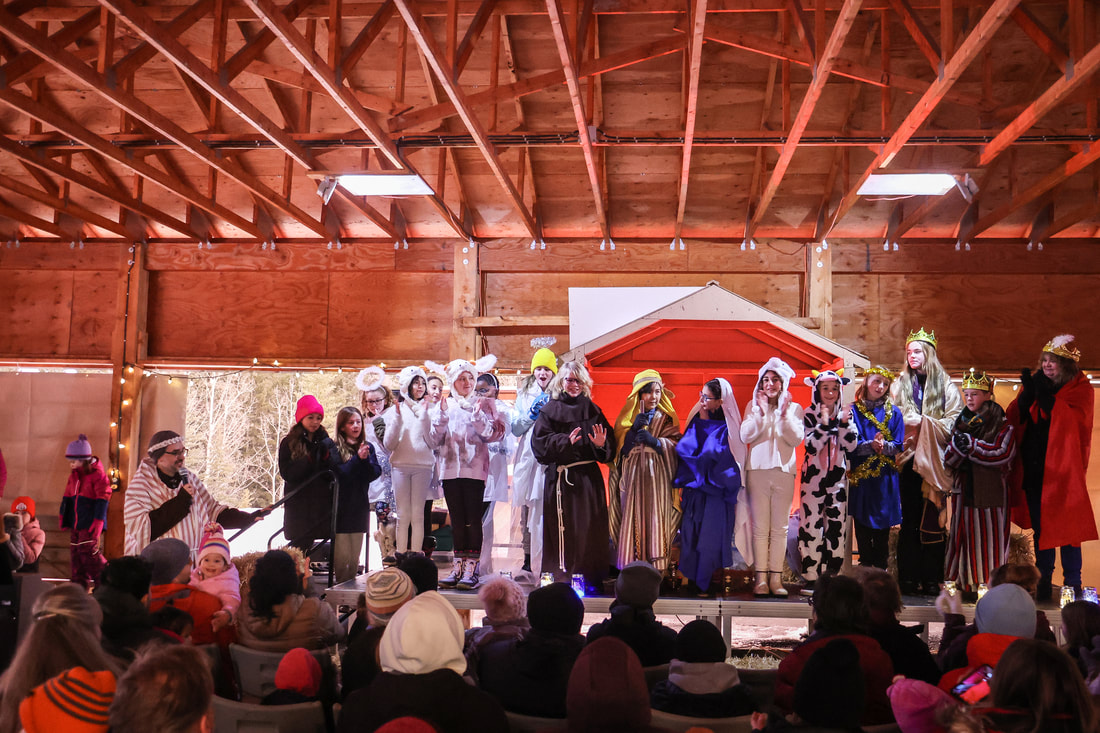
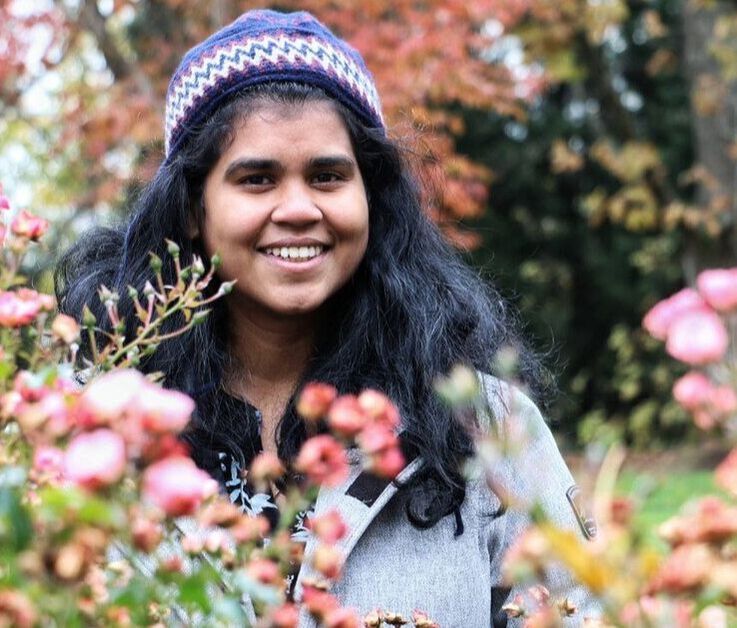
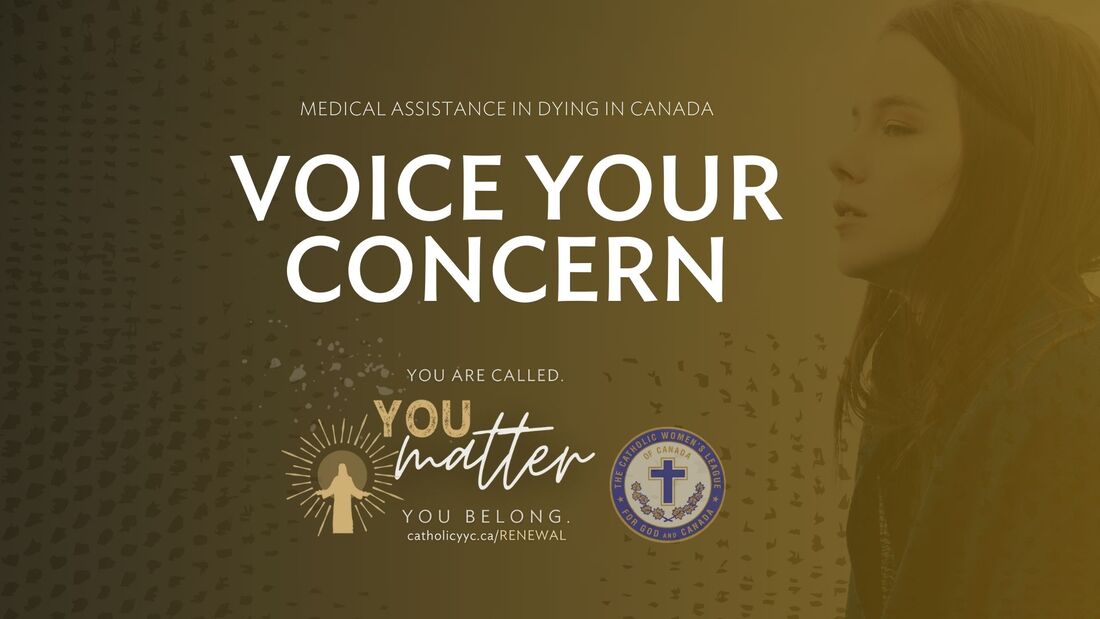


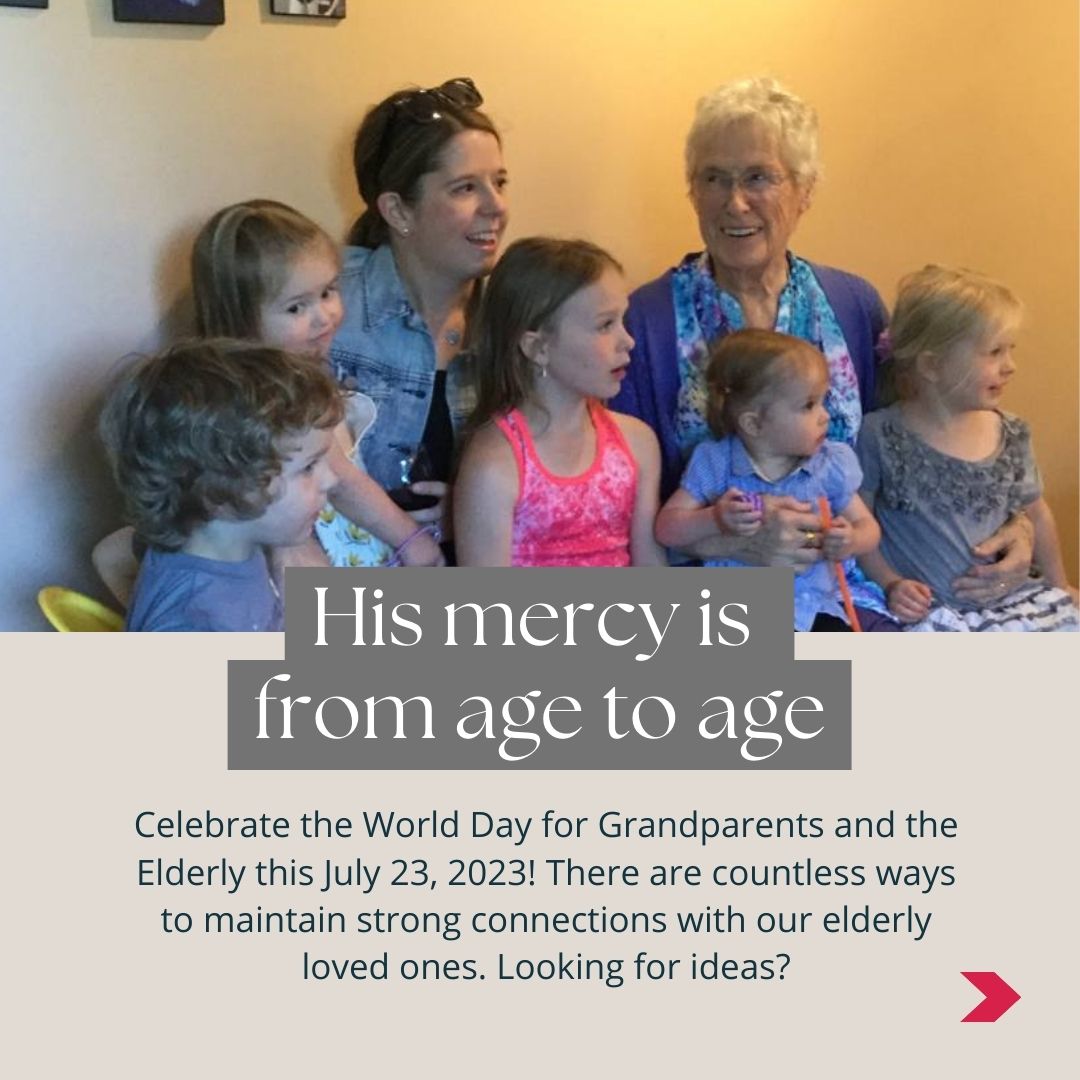
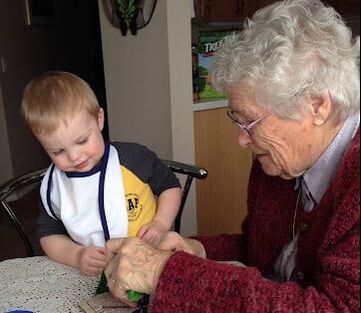
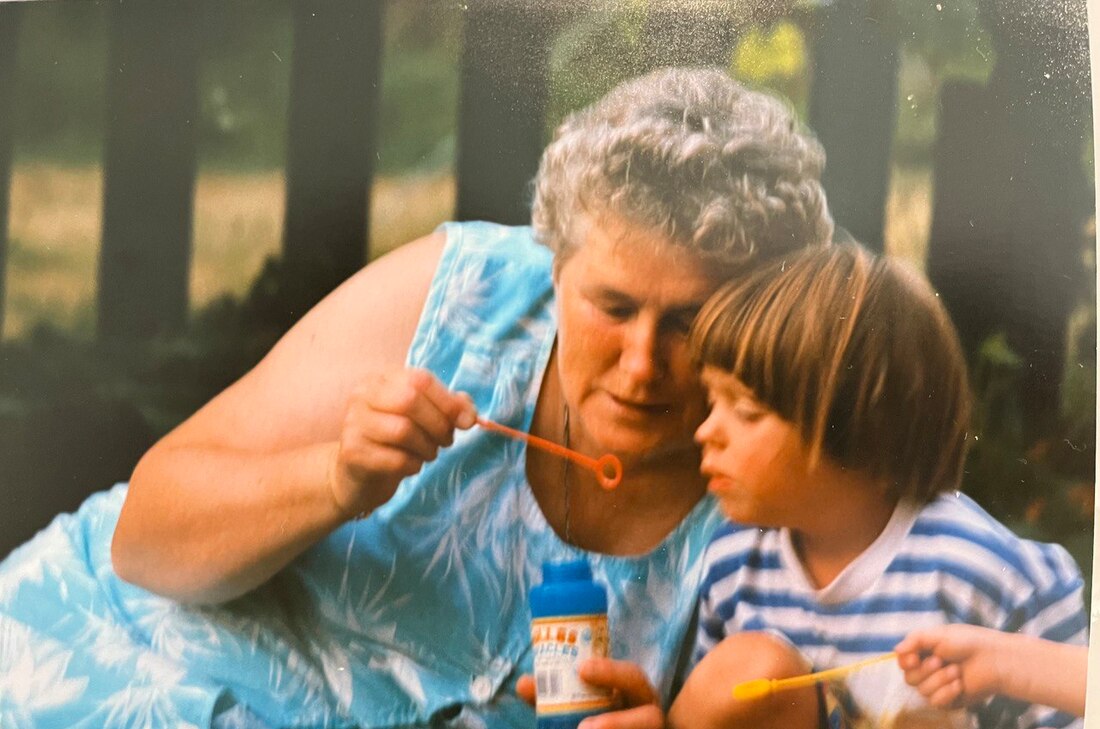
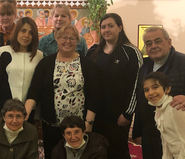
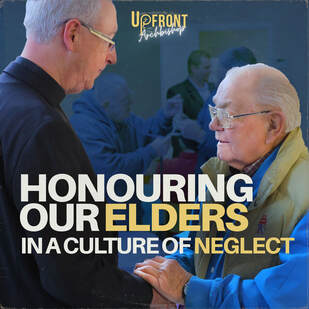
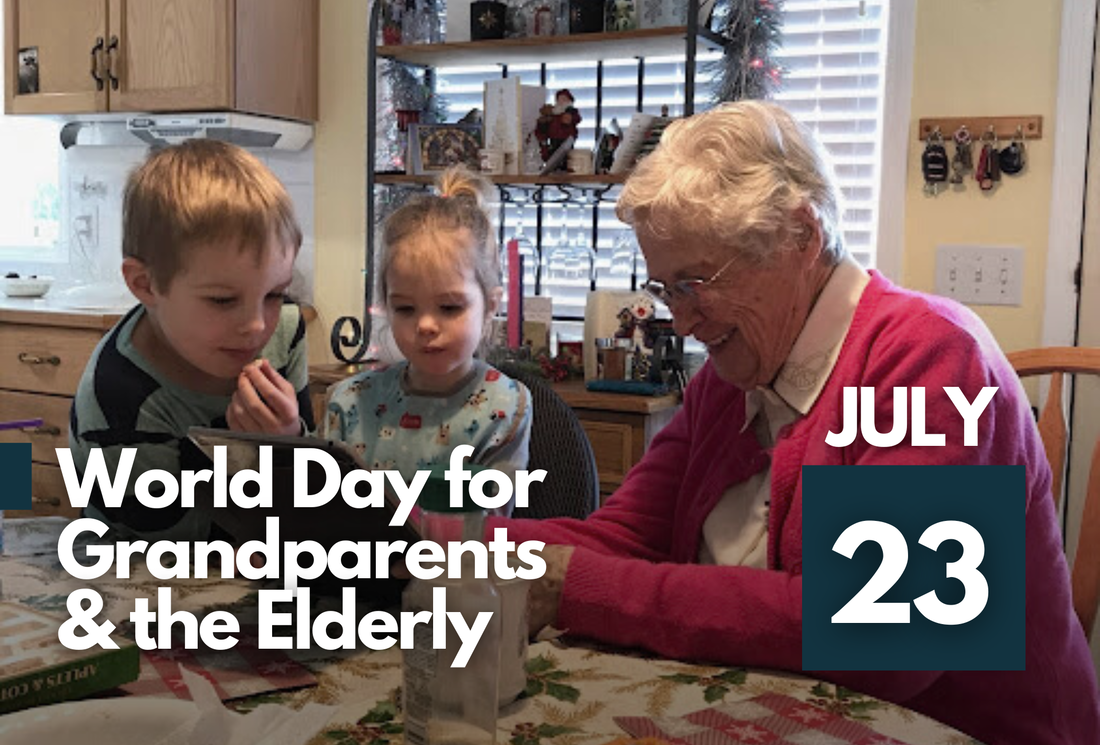
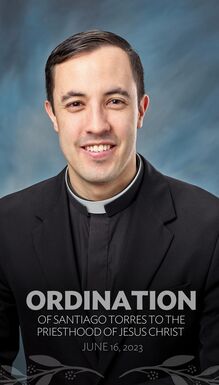
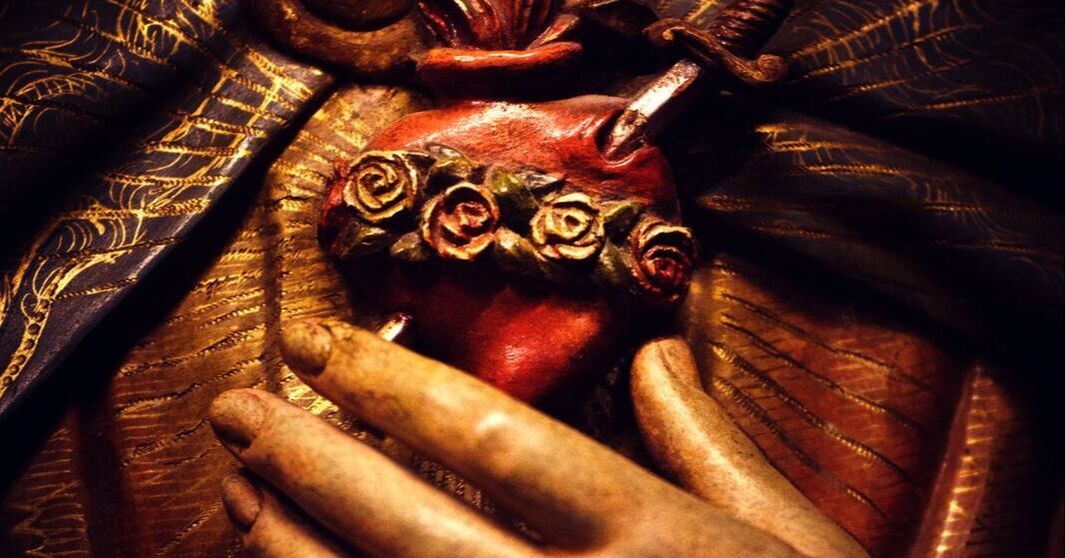

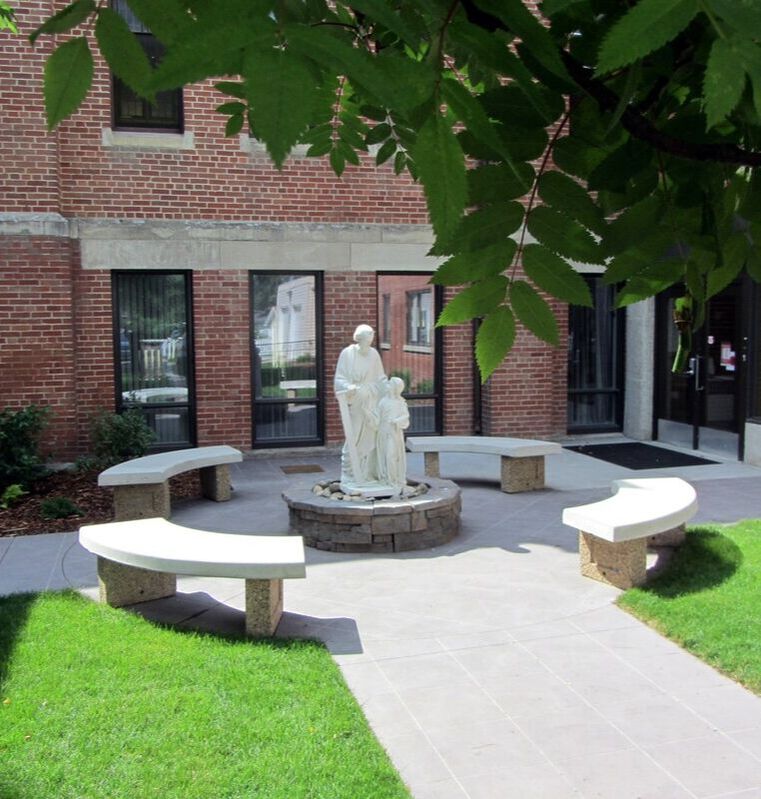
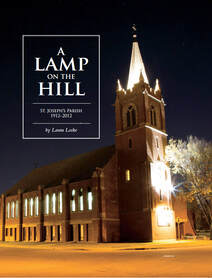
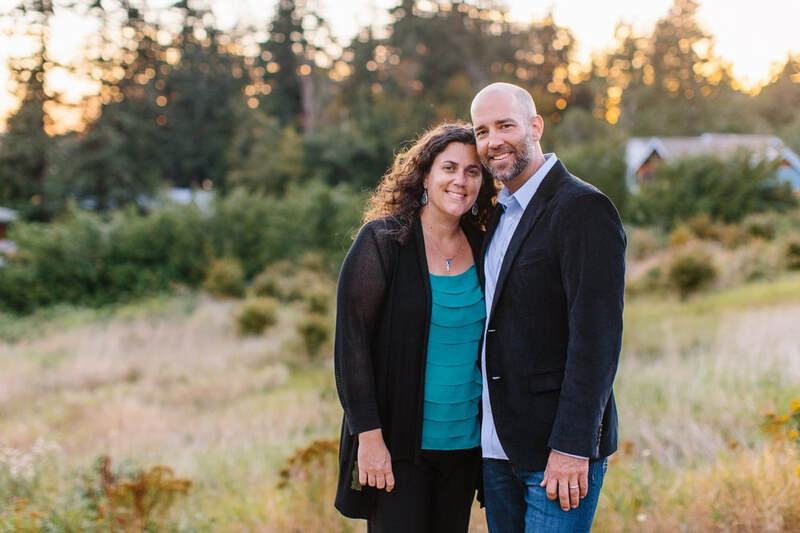
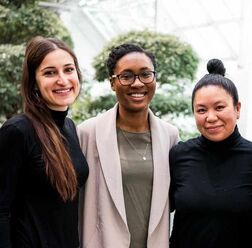
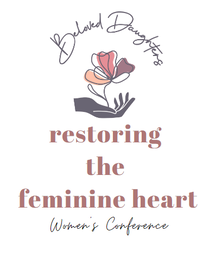
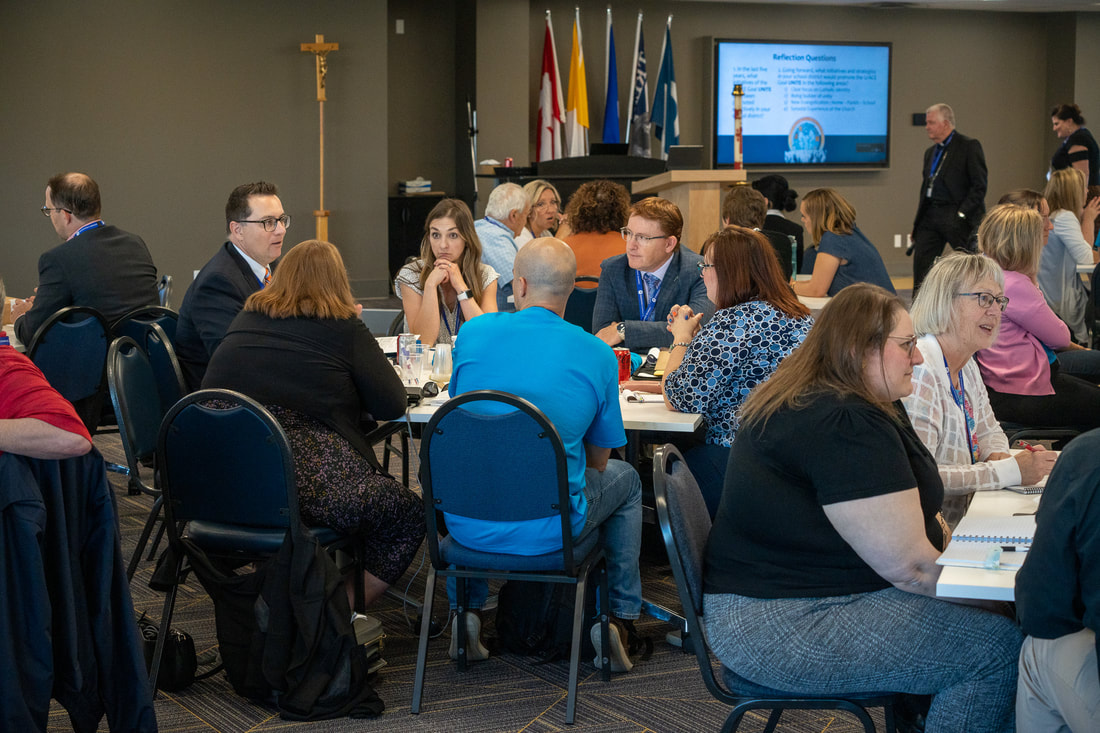

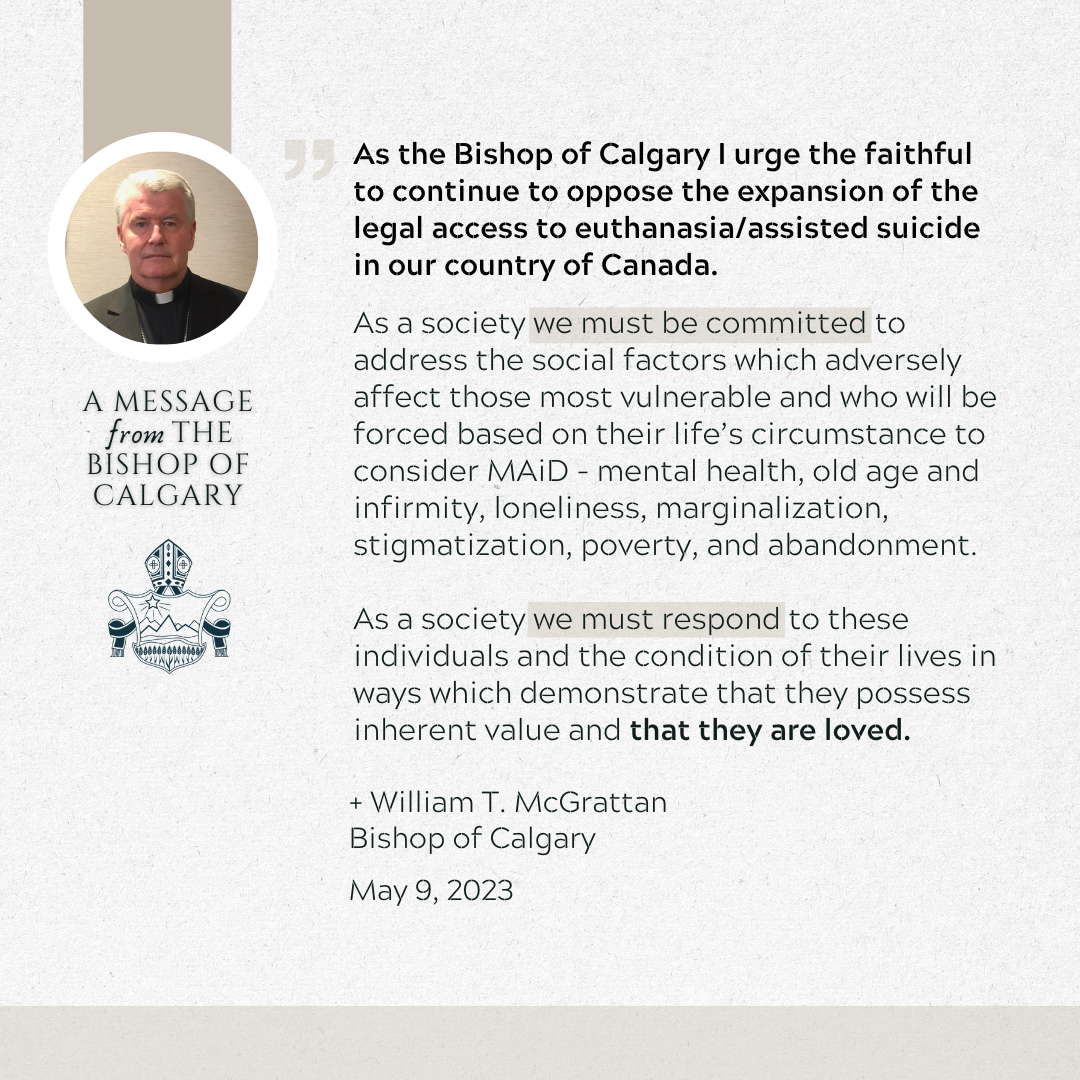
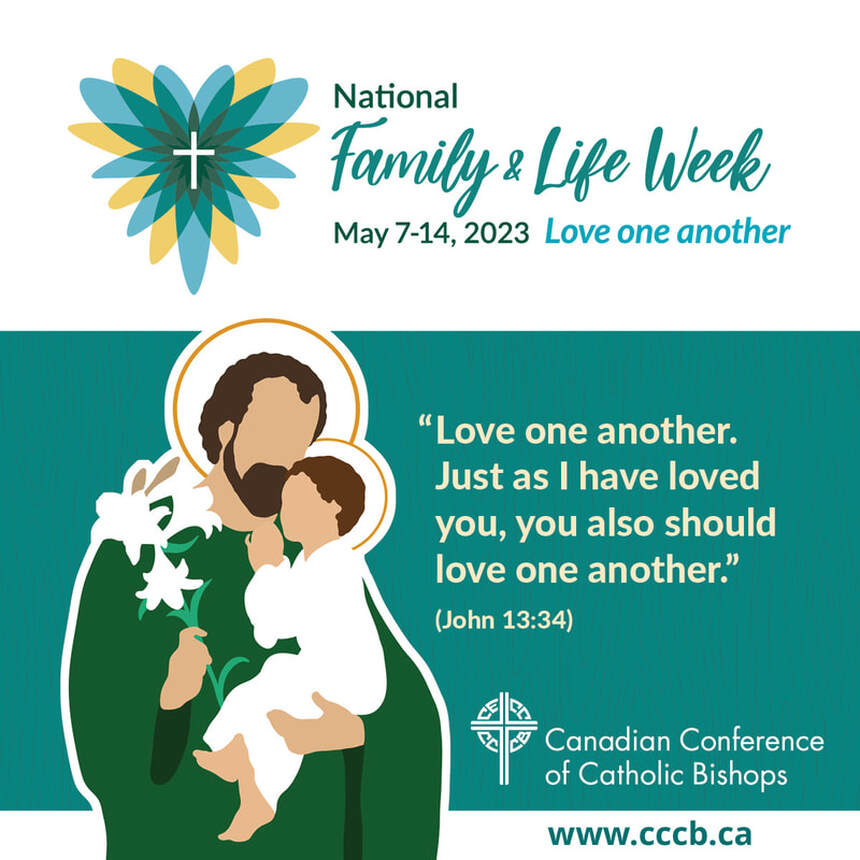

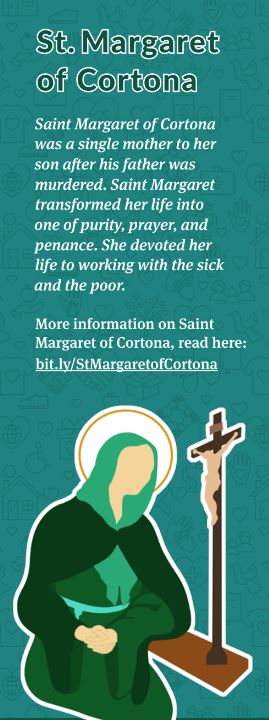






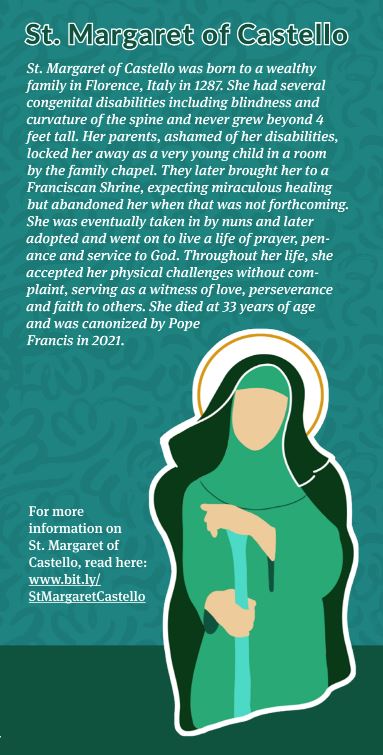

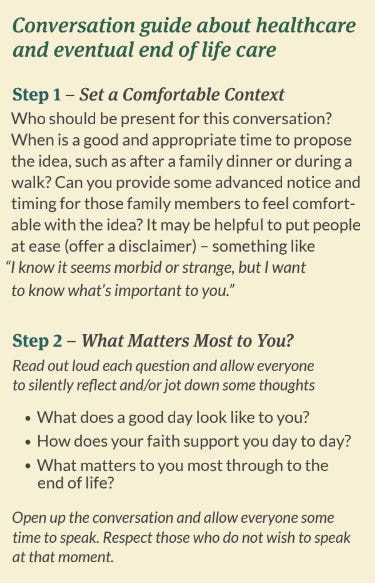
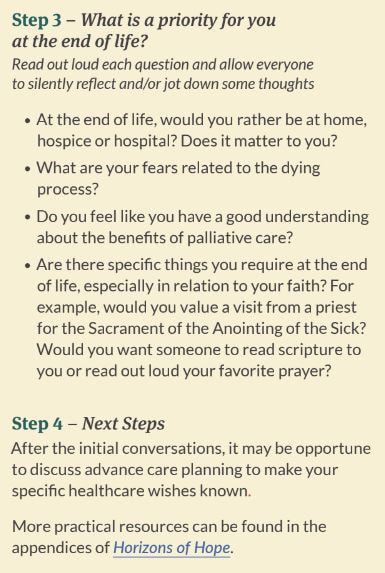
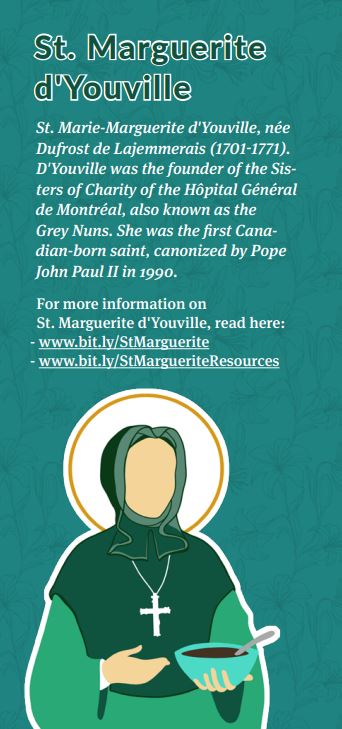



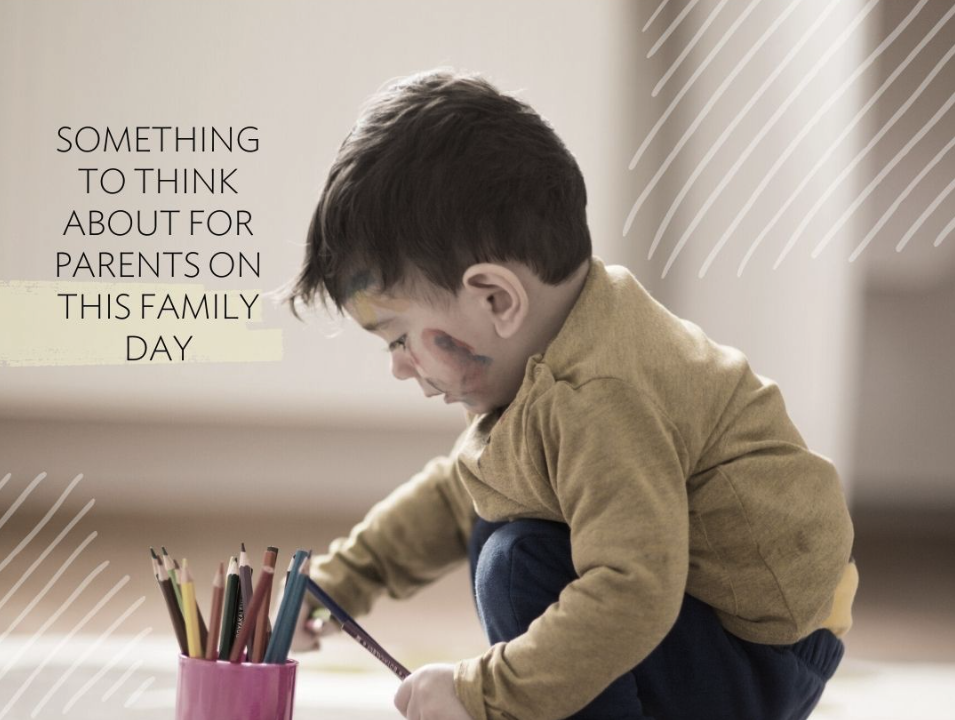
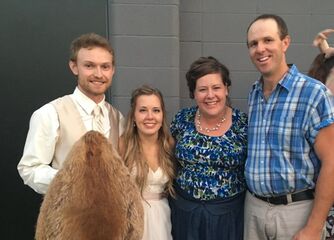
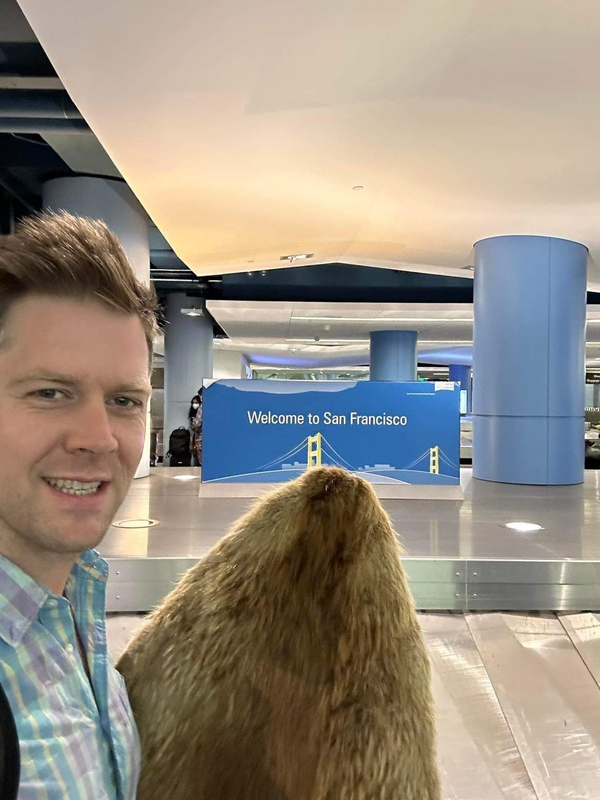

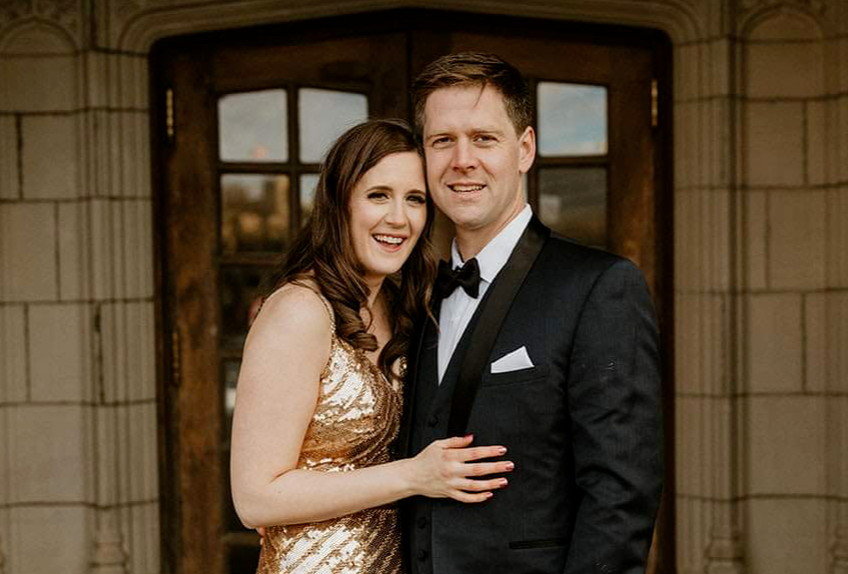
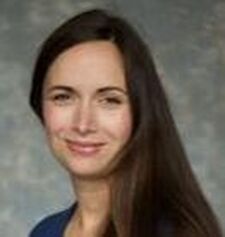
 RSS Feed
RSS Feed